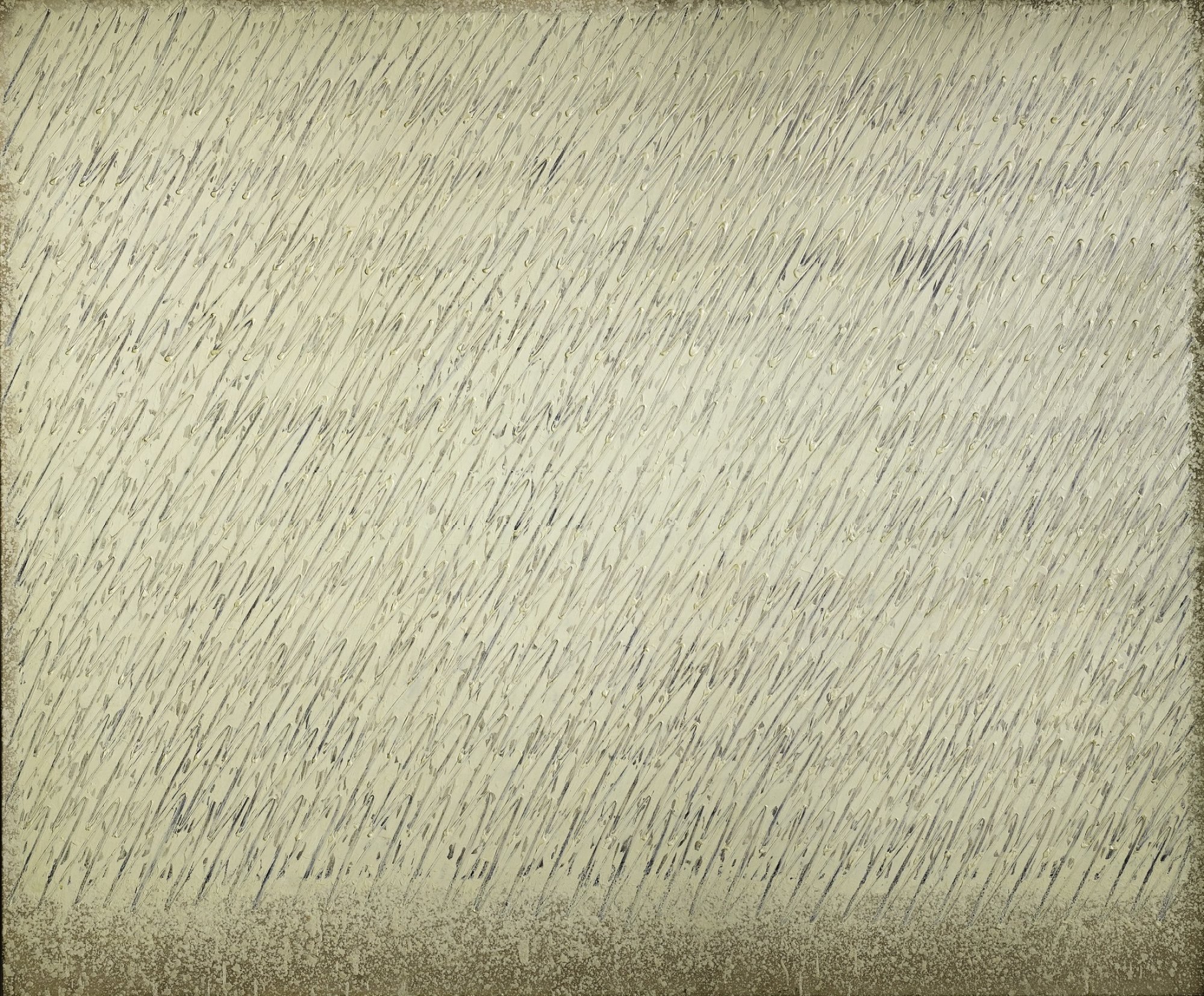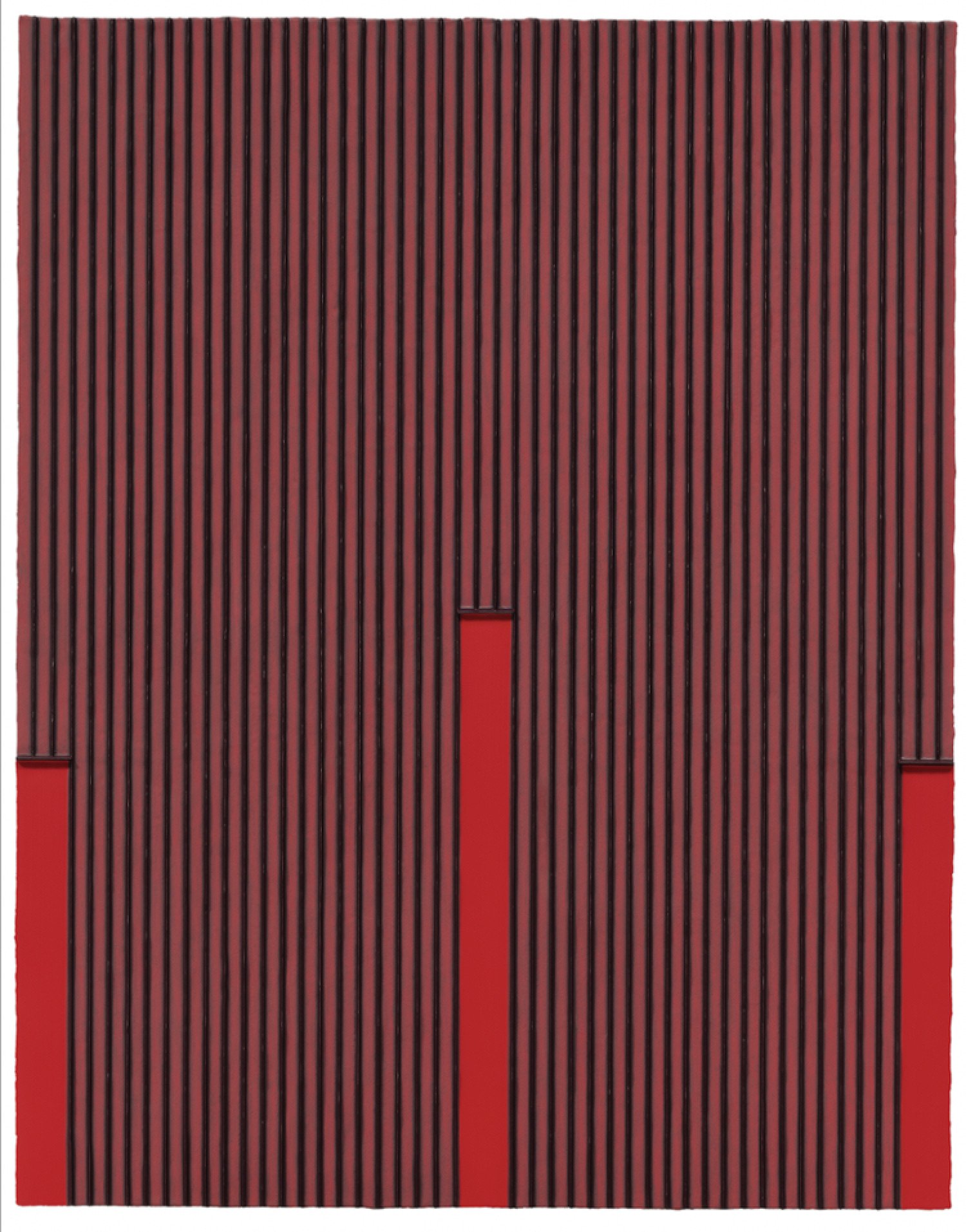Park Seo-bo, widely regarded as a seminal figure in the Korean modern abstract art scene, died on October 14 after a battle with lung cancer. He was 91.
As one of the founding members of the dansaekhwa (monochrome painting) movement that emerged in the early 1970s, Park emphasised the meditative aspects of art production derived from purposeless and endless repetition – to the point of “emptying oneself out”.
“Without reaching that spiritual realm, the painting becomes something that’s merely pretending to be dansaekhwa,” he once said.
In February, the veteran artist revealed his diagnosis of stage 3 lung cancer. Choosing not to pursue treatment, Park continued to paint while in a wheelchair, driven by his desire to “draw at least one more line on canvas”.

Park was born in Yecheon, in North Gyeongsang province, in 1931, during the Japanese occupation of Korea (1910-1945). In 1950, he enrolled at the College of Fine Arts at Hongik University, studying there throughout the Korean war (1950-1953).
Upon graduating in 1955, he initiated a boycott with fellow creatives against the kukjon – the government-sponsored National Art Exhibition – criticising its academicism and conservatism. This marked the beginning of his pioneering role in Korea’s Art Informel movement.
Brave, bold: the artists who hit back at South Korean society
Brave, bold: the artists who hit back at South Korean society
Park’s “Ecriture” series propelled him to international acclaim.
The series began in the early 1970s as “pencil-Ecriture”, inspired by his three-year-old son’s rudimentary penmanship. In 1967 he observed his son’s pencil marks on paper, produced in frustration during a handwriting practice session.
Witnessing the child’s sense of resignation was a pivotal moment in the artist’s pursuit to empty his mind through his art. Park began emulating his son by drawing numerous graphite lines on a canvas coated with wet, white paint.

Later, hanji (traditional Korean paper made from the bark of mulberry trees), as well as the hues and composition of the landscape – both natural and man-made – entered his canvas, giving rise to his “mid-Ecriture” and “colour-Ecriture” phases.
Park cultivated his home country’s contemporary art scene not only as a painter but also as a critic and educator. He taught at his alma mater Hongik University from 1962 to 1997 and served as the dean of the College of Fine Arts.
His works have been featured in international exhibitions in New York, London, Venice, Seoul, Singapore and Vienna among other cities.
Second Frieze Seoul art fair shows it’s catching up to Art Basel Hong Kong
Second Frieze Seoul art fair shows it’s catching up to Art Basel Hong Kong
This summer, he participated in the group show, “Origin, Emergence, Return”, at the Rockefeller Center, in New York, alongside artists Lee Bae and Jin Meyerson, as part of the complex’s first celebration of Korean culture.
In 2021, the painter was awarded the Geumgwan Order of Cultural Merit, bestowed by the South Korean government for services in the fields of culture and art that promote national culture and development.

In 2016, one bag featured an original 2016 red piece from Park’s “colour-Ecriture” series.
The first museum dedicated to the artist, tentatively called the Park Seo-bo Art Museum, is under construction in Seogwipo, Jeju Island, and is planned open to the public next summer.
“Before I leave this world, this will be built as an establishment that can stand strong even when compared to its larger counterparts,” he said of the three-storey museum in March.
Park is survived by his wife, Yoon Myoung-sook, as well as two sons and a daughter.

